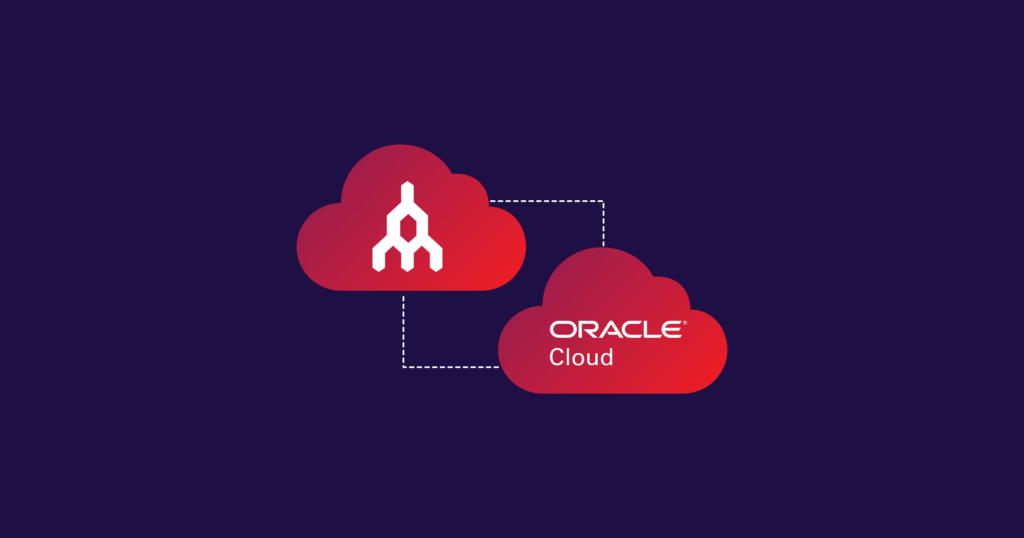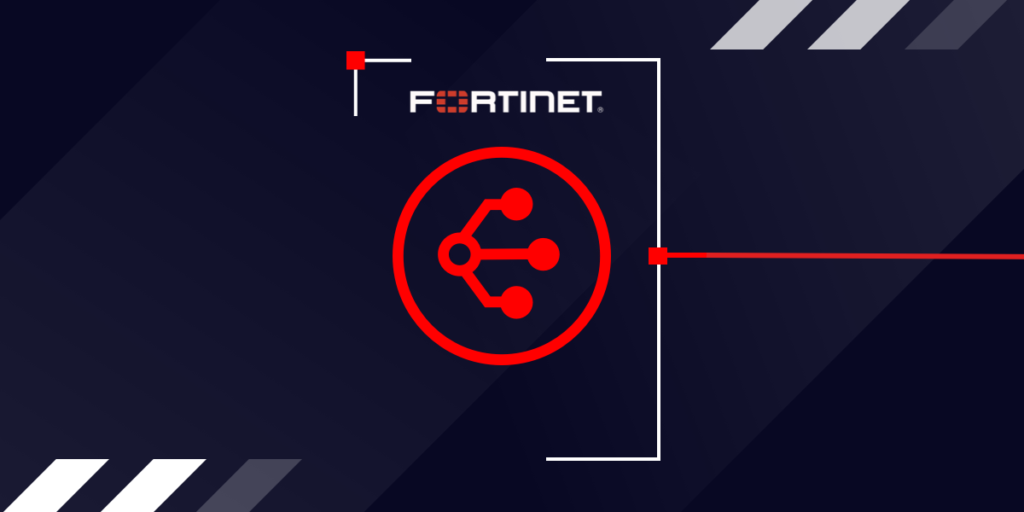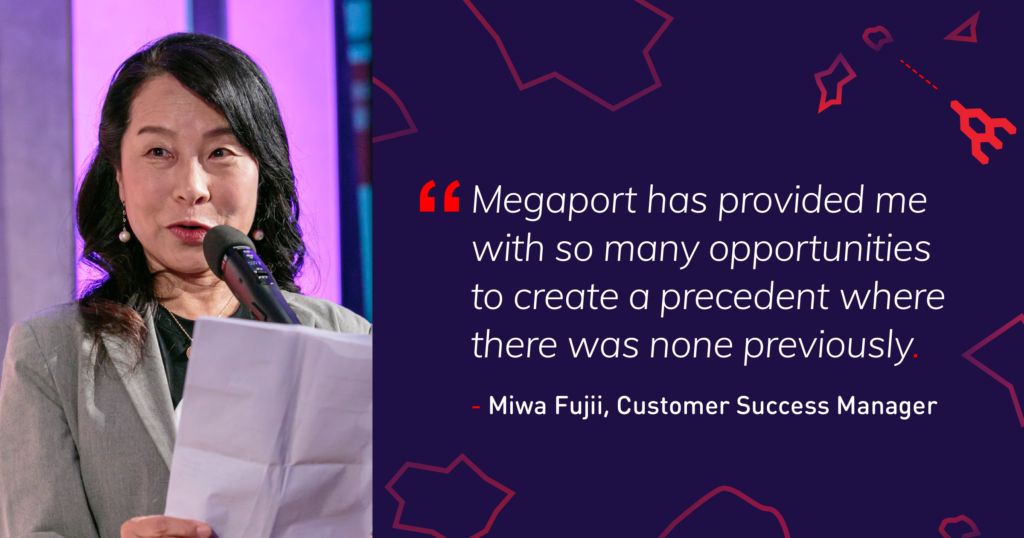
Encouraging Employee Movement and Growth Benefits Everyone
- January 4, 2023
- RSS Feed
From hybrid work opportunities to celebrating milestones, we share best practices from our experience.
In recent months, many companies have announced plans to implement or maintain a hybrid work environment for their workforce, even after workplaces have opened up post-pandemic. Offering employees the option to work from home, at the office, or some combination of both, is nothing new for Megaport; we have been offering it for several years as part of our flexible work environment.
Megaport is at the forefront of enabling companies to connect to the resources and applications they need, regardless of location. So, while connecting people seamlessly across geographies is second nature to us, we also work proactively to nurture a workplace culture that supports everyone working where and when they need to. Here’s how.
Flexibility and global mobility
Balance, variety, flexibility, and trust are foundational to our culture. We believe that people can and should work when and where they need to in order to be productive. We encouraged that before COVID; we weren’t forced into it because of the pandemic. That’s because we had already realized that’s what people wanted in their lives.
Our guidelines are simple: Employees who are located in the same city as a Megaport office are expected to be in the office a minimum of 2-3 days per week (or 8-12 days per month). As a best practice, we suggest that teams select an “anchor day” where they are all in the office together at least once per week; team meetings can then occur on the anchor day, helping to encourage collaboration and community.
We also offer a global mobility program in which employees can move anywhere in the world they want to work for up to a month, or to relocate more permanently. Doing so can be a great way for employees to learn new things, take on greater responsibilities, and build relationships in other parts of the company (and world) as they grow in their career.
Here are a few examples: One employee relocated from Dublin to Brisbane, while a member of his team moved from Brisbane to London. A member of my People & Culture team initially relocated from Brisbane to Dublin and is now based in Cologne. Two employees have relocated from Brisbane to California. Our education benefit can be used to help employees adapt to changing environments and contexts; for example, helping them to learn the local language of the area to which they’re relocating.
The attractiveness of the hybrid work approach to both employees and company goals is borne out by Zippia statistics indicating that 55% of employees want to work remotely at least three days a week, and that 63% of high growth companies use a “productivity anywhere” work model. We have seen that it’s possible to see continued growth of our business, not only with a team that takes a hybrid work approach, but even with more than 50% who are 100% remote because they don’t live near an office.
Provide the right tools
Employees working from home a significant portion of the time need the right tools to be productive, to communicate, and to be comfortable. This means more than just a laptop with the company applications on it – it means making sure people have a dedicated work area at home.
Our wellbeing program offers employees a monthly stipend which they can use to purchase tools for working from home, such as keyboard trays, desk lamps, noise-canceling headphones, adjustable desks, office chairs, and more. If they have everything they need for their home office, there are a host of other options to choose from to enhance their overall wellbeing, including pet services, caregiver support, and fitness tools.
With so many people working remotely, building community is important to keeping people feeling connected to their co-workers and the company. We hold events almost every month, either for specific holidays or around themes, such as mental health (a recent event was in association with R U OK day). Although there will be an in-person component to those events, our remote team members are always able to join virtually.
Celebrations and recognition
Aside from using Slack direct messages on a regular basis, several Slack channels help people build community around shared interests. Our Pet Shop Slack channel is particularly popular, and it’s a good place to unwind for a few minutes and share stories and photos of our pets.
My People and Culture team sends regular “What’s the Scoop?” email updates to the entire company. There, we profile key upcoming events, find things to celebrate, and let people know what’s coming up. We also always profile someone in the company who is doing something interesting and/or unexpected; it’s a great way to get to know people with whom you might not otherwise interact. We also celebrate new additions to the team, and team milestones like weddings or new babies, during our All Staff briefings.
We also provide a Kudos platform for people to give teammates a virtual “pat on the back” for exemplifying our company values of Celebrate, Collaborate, Accelerate, and Innovate. Those who receive the most Kudos are then eligible to win a Legends award.
Every year we celebrate our highest achievers with a Chairman’s Club award which includes a week-long trip away with the winners and their ‘plus one’. We understand that our hard working employees have a ‘special someone’ who is giving them support. Recognising their contribution alongside rewarding hard work is pivotal in strengthening engagement.
These are some of the best practices that have helped us to be successful. My team and I look forward to sharing more of what we’ve been doing, and new things we have planned, in upcoming posts.


